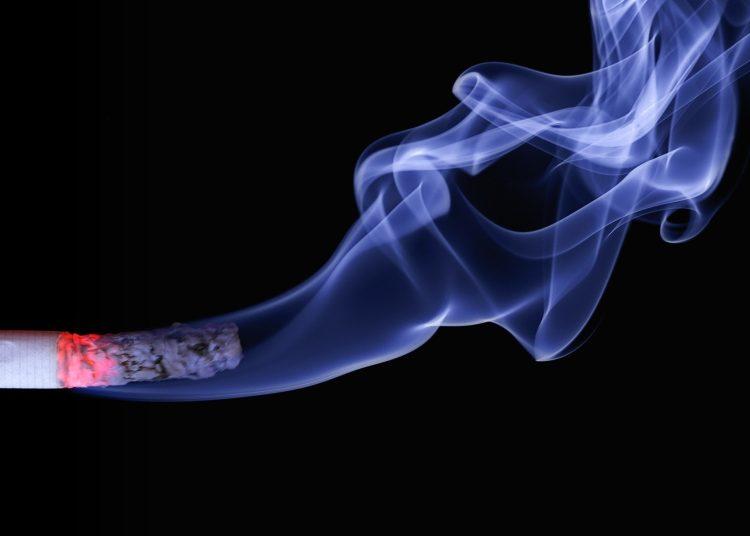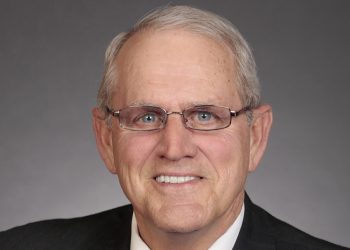DES MOINES, Iowa – Tobacco companies involved in the 1998 landmark settlement have transferred about $53.2 million to the state treasury for this year’s payment.
In the last 24 years, Iowa has received $1.41 billion in payments under the settlement. The state will continue to receive annual Master Settlement Agreement payments in perpetuity, based on the number of cigarettes sold in the United States. The MSA is the largest settlement in U.S. history.
“Nearly a quarter century after the Master Settlement Agreement was reached, it remains one of the most important settlements to consumers in Iowa and across the country. It is our duty year after year to ensure the provisions of the agreement are met and that Iowa receives its fair share,” Attorney General Tom Miller said.
About $11.7 million of this year’s payment — or 22 percent — will go to the state.
The 78 percent remainder will be used principally to pay bondholders who bought bonds issued by the Tobacco Settlement Authority.
In 1998, Miller and attorneys general of 45 states signed the MSA with the nation’s four largest tobacco companies to settle lawsuits to recover billions of dollars in state health care costs associated with treating smoking-related illnesses.
Since then, several other tobacco companies have signed onto the agreement. The 2022 payment came from 20 companies, including Philip Morris USA, R.J. Reynolds, Santa Fe Natural Tobacco, Vector, and Commonwealth Brands.
The settlement created restrictions on the advertising, marketing and promotion of cigarettes, including a ban on targeting children through advertising. It also includes prohibitions on outdoor advertising of cigarettes and the advertising of cigarettes in public transit facilities, as well as the use of cigarette brand names on merchandise, and a host of other restrictions.
The central purpose of the MSA was to reduce smoking, particularly among youth. Since it was announced, cigarette sales in the United States have fallen substantially. Adult smoking rates have fallen from 24 percent of the U.S. population in 1999 to 12.5 percent in 2020, according to the U.S. Centers on Disease Control and Prevention. Only 13.4% of high school students reported smoking a cigarette in the past 30 days in 2020, according to the National Youth Tobacco survey.
















